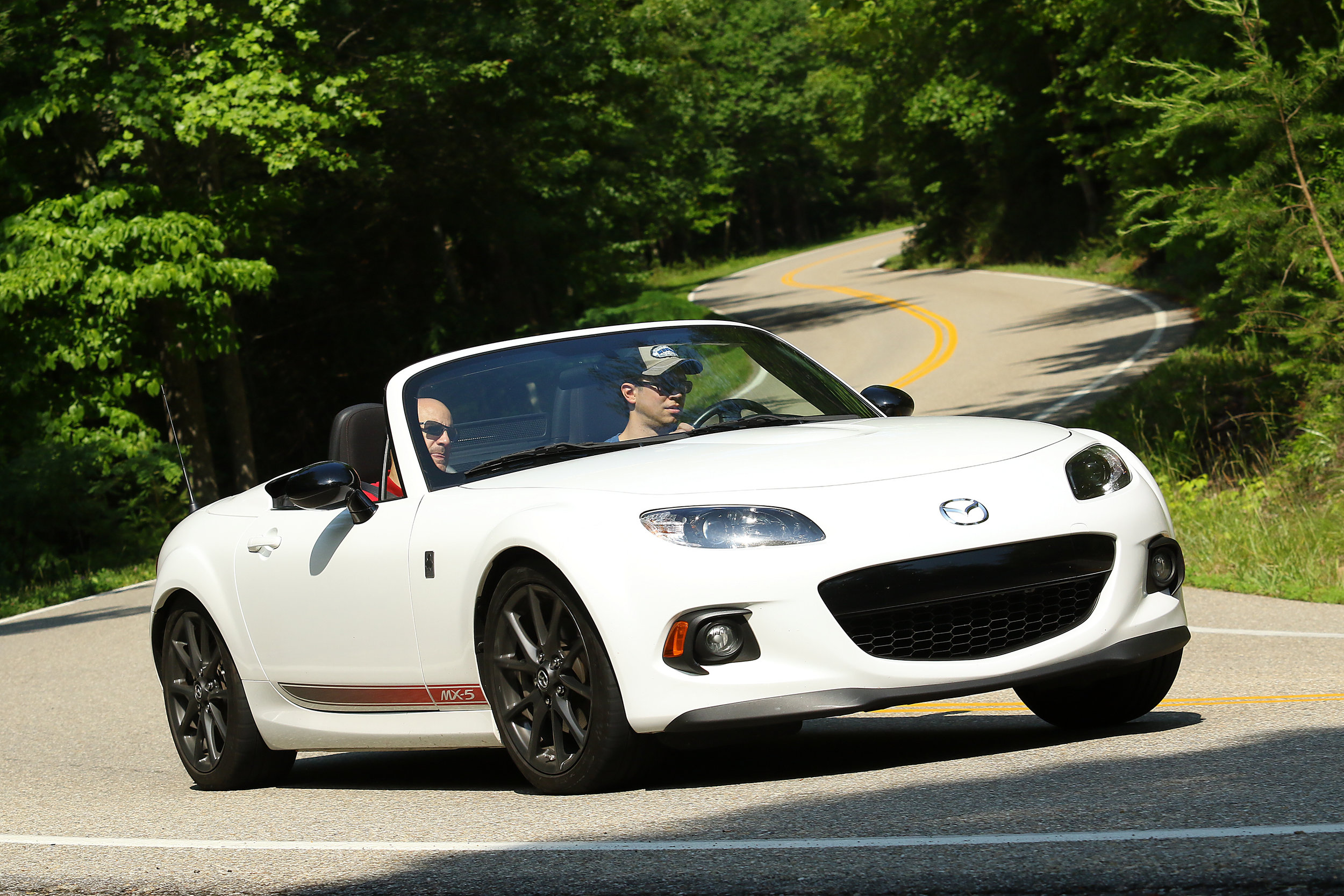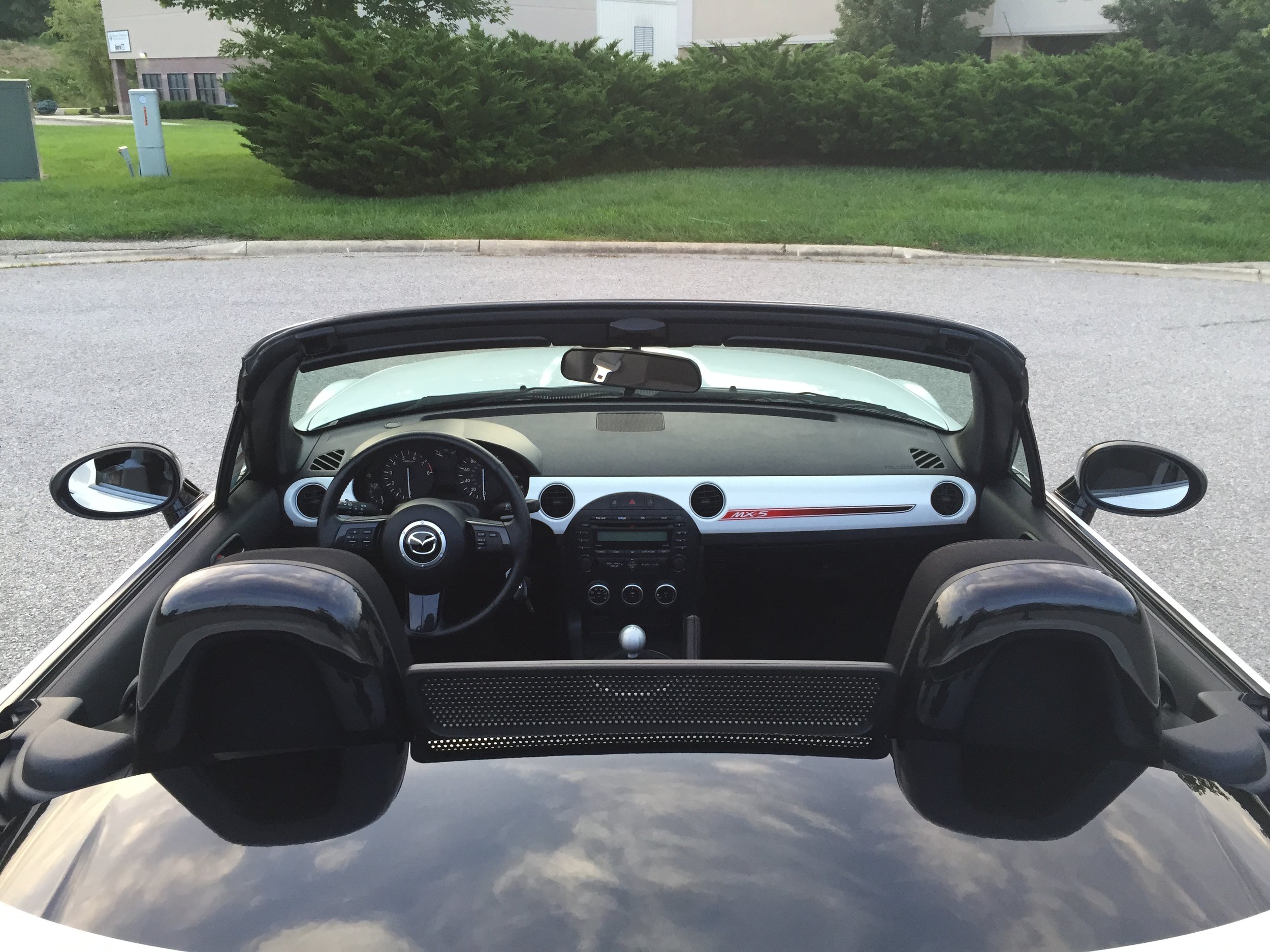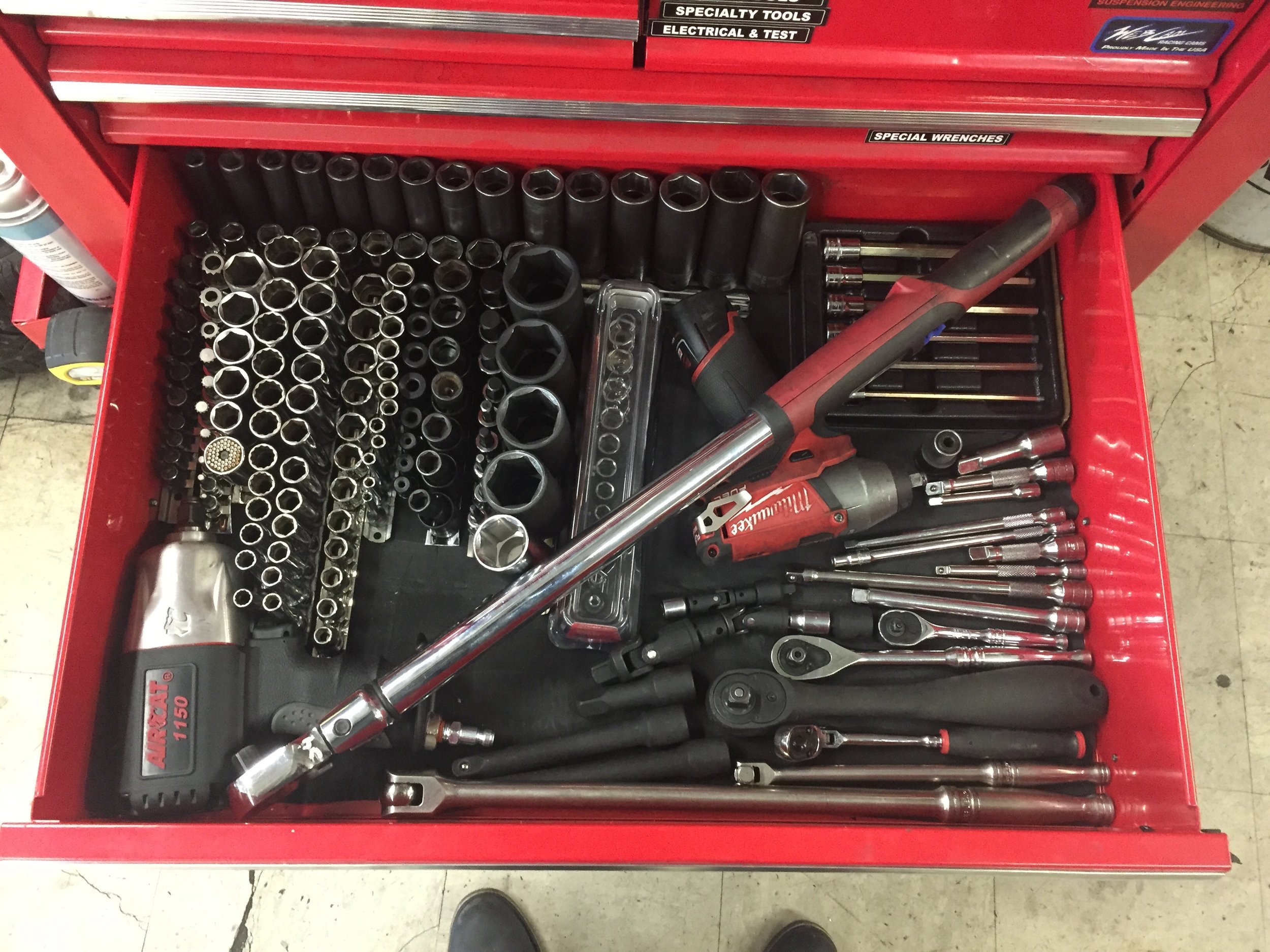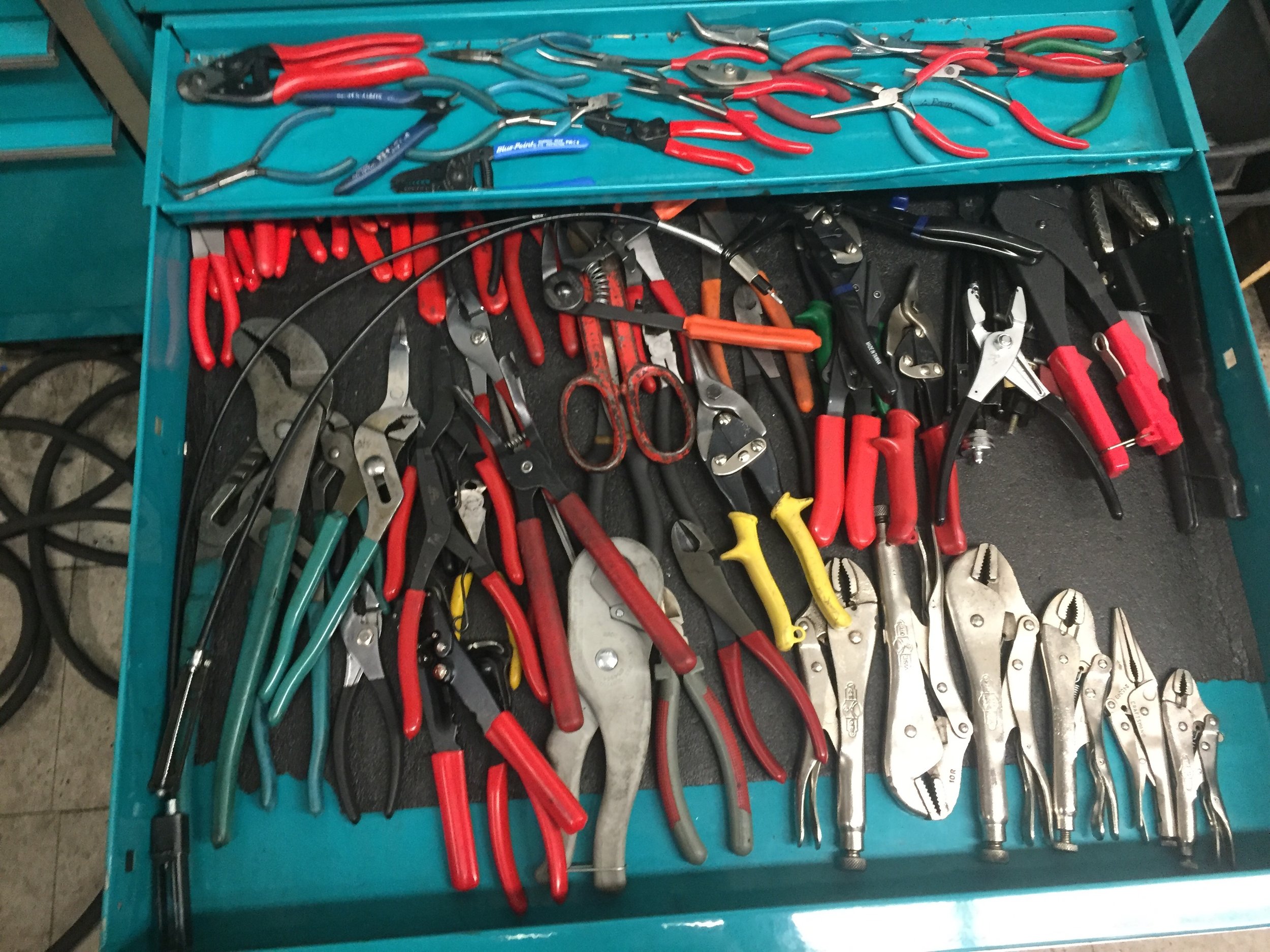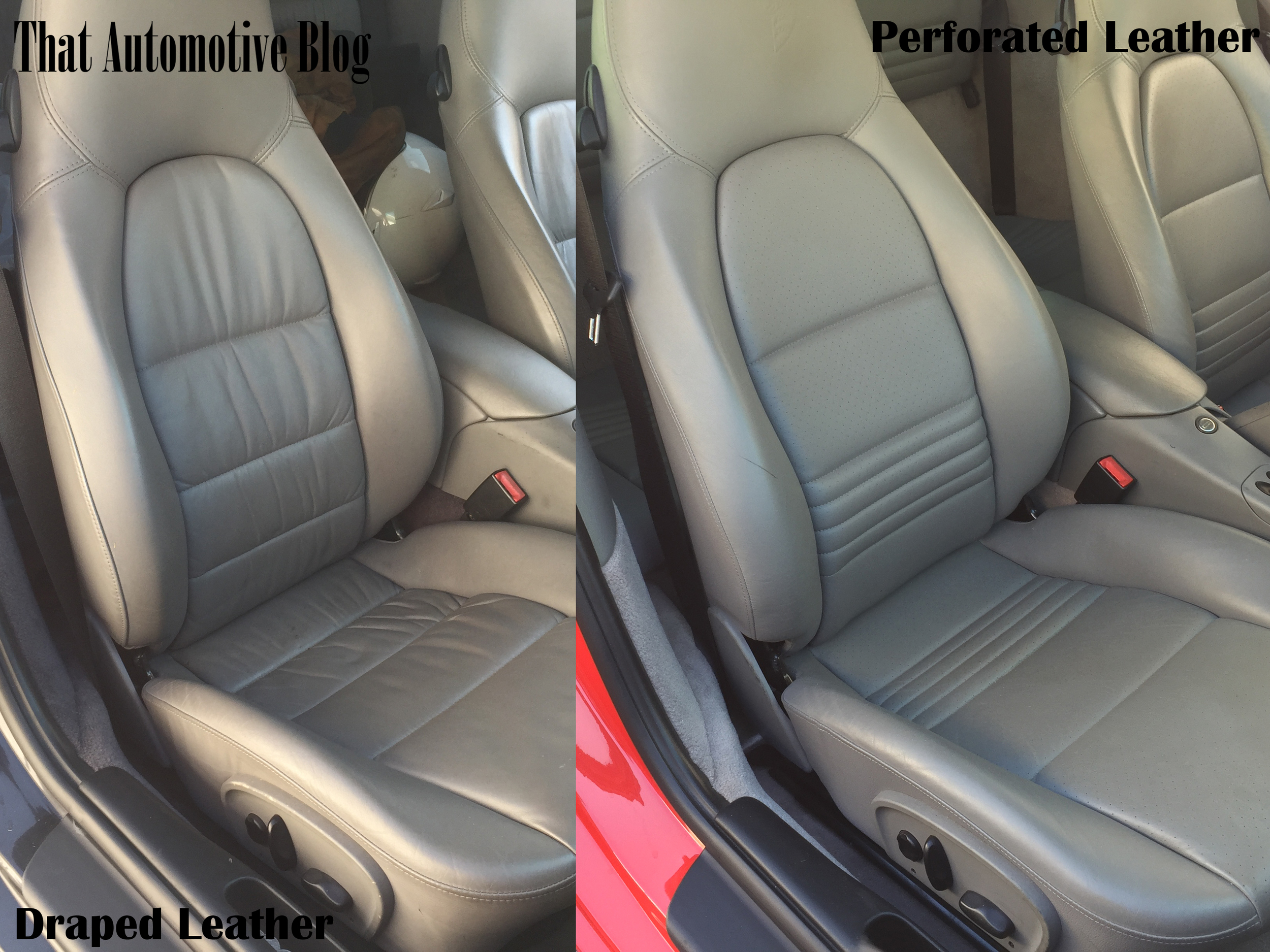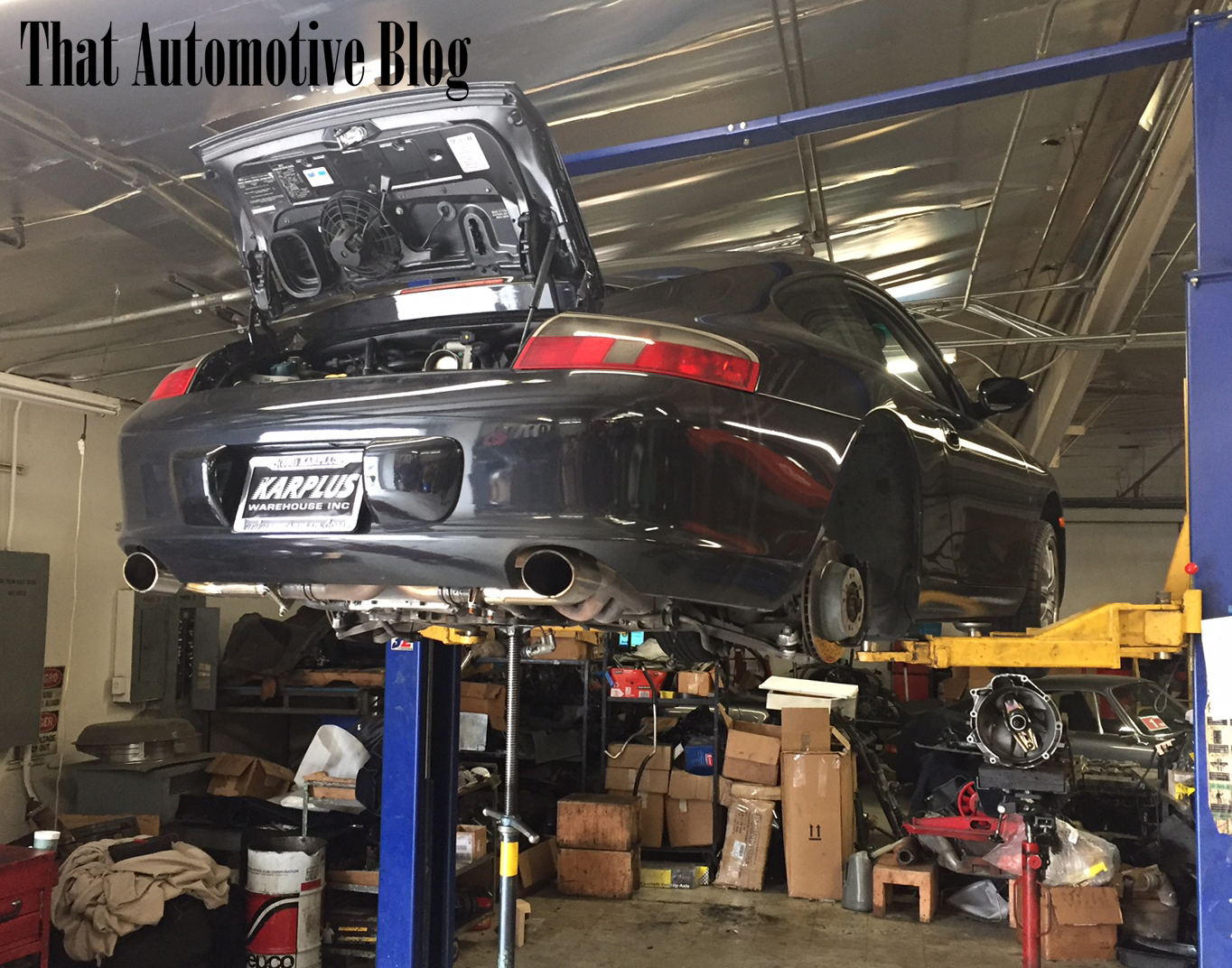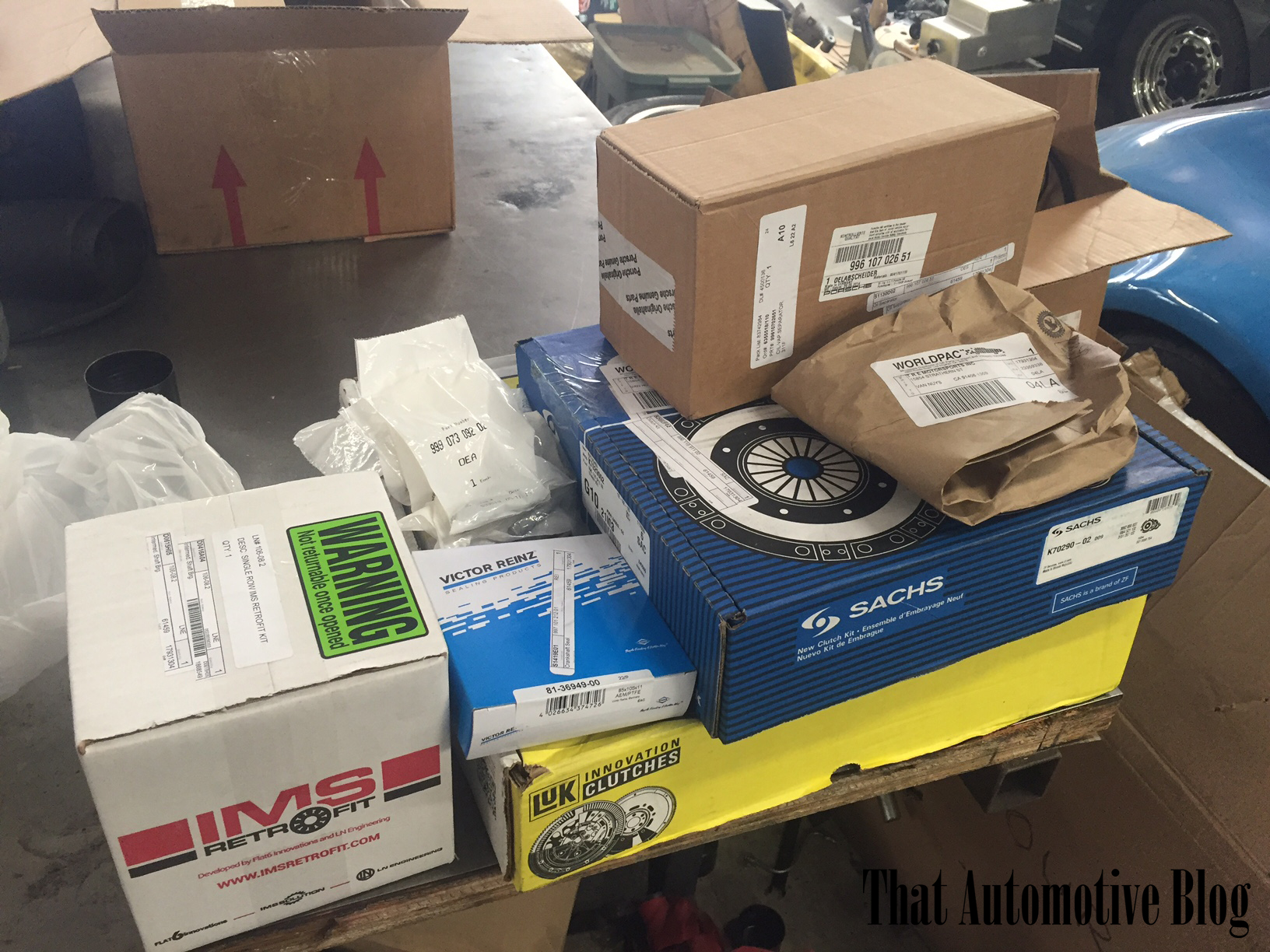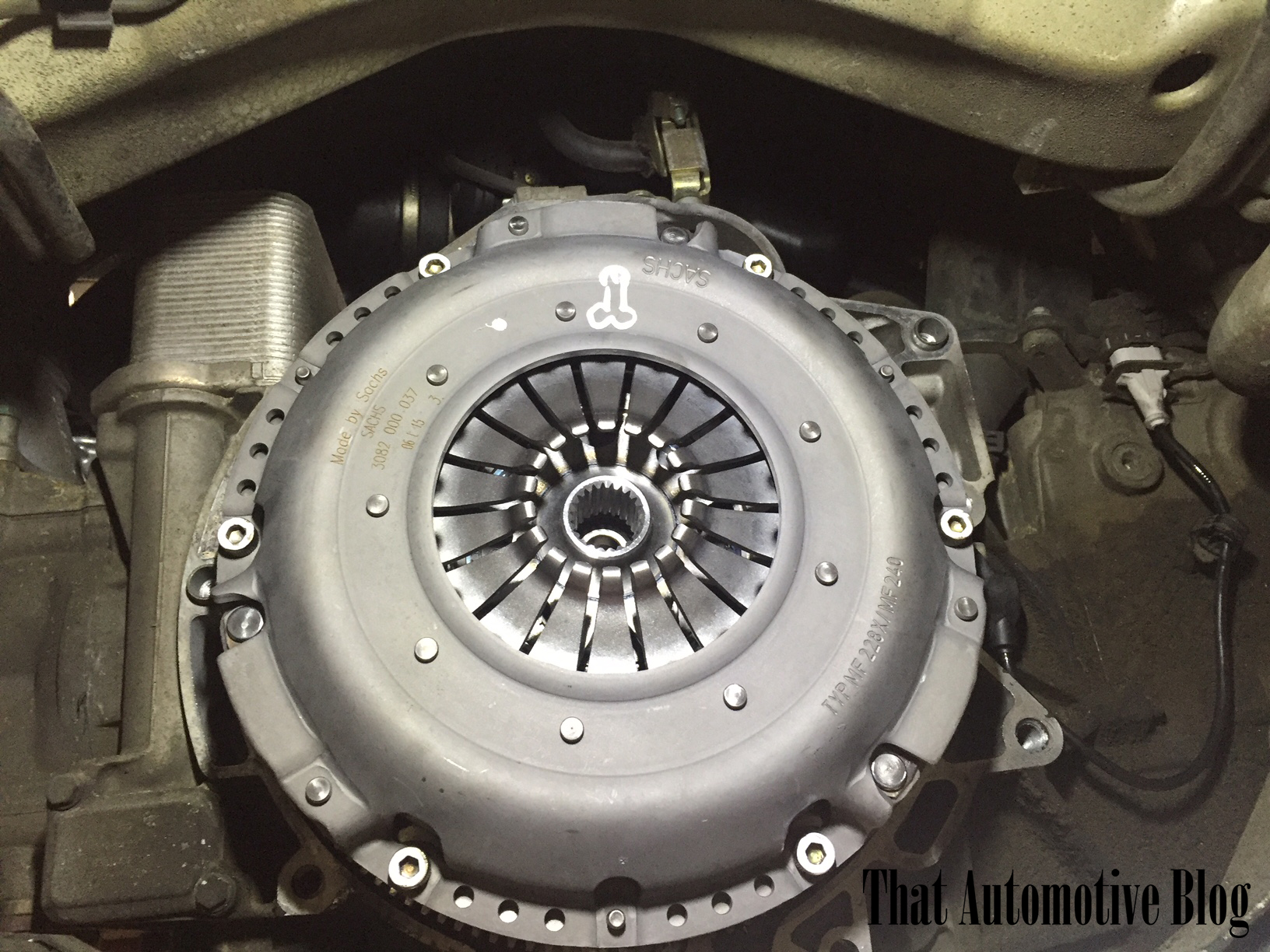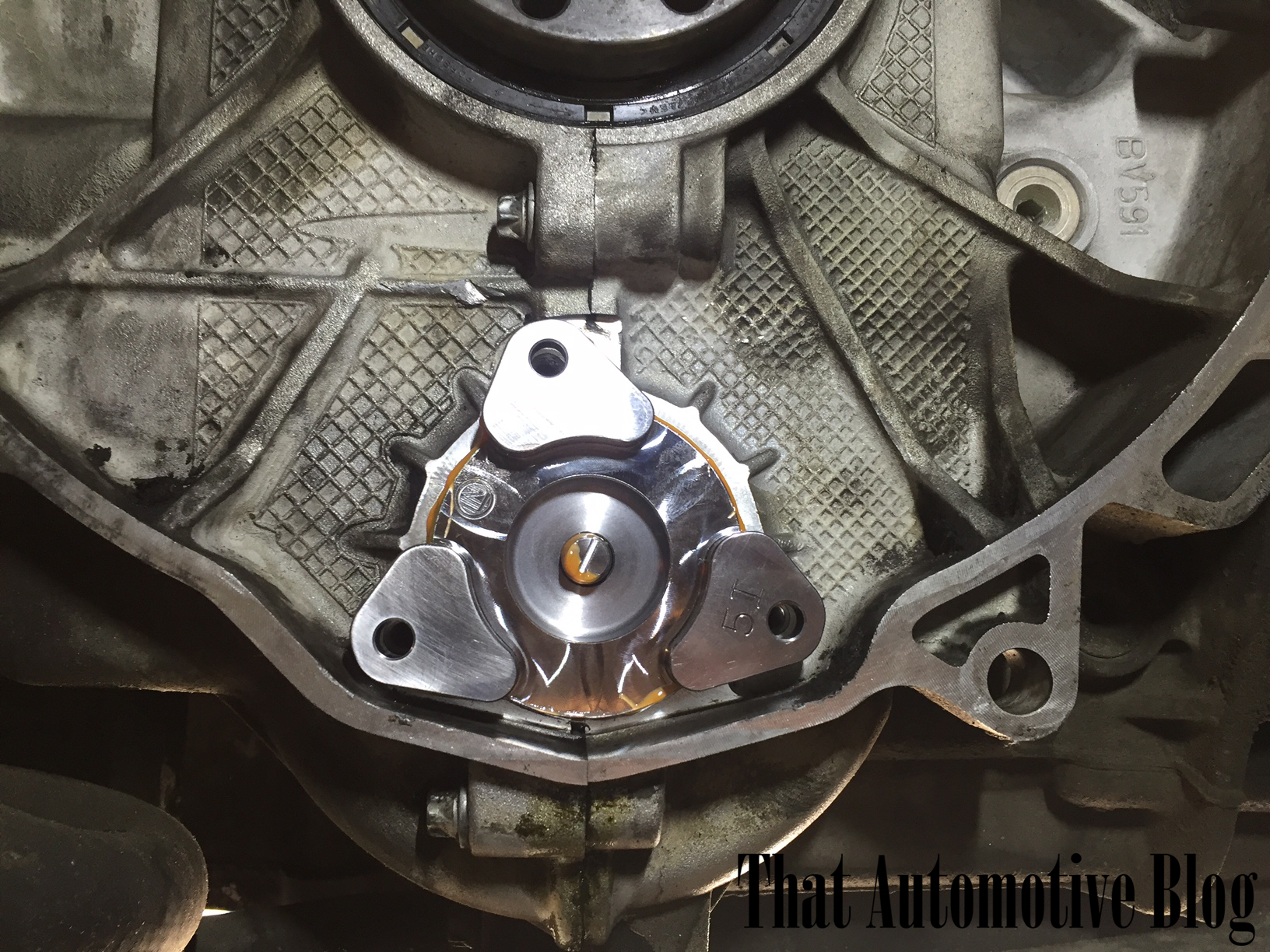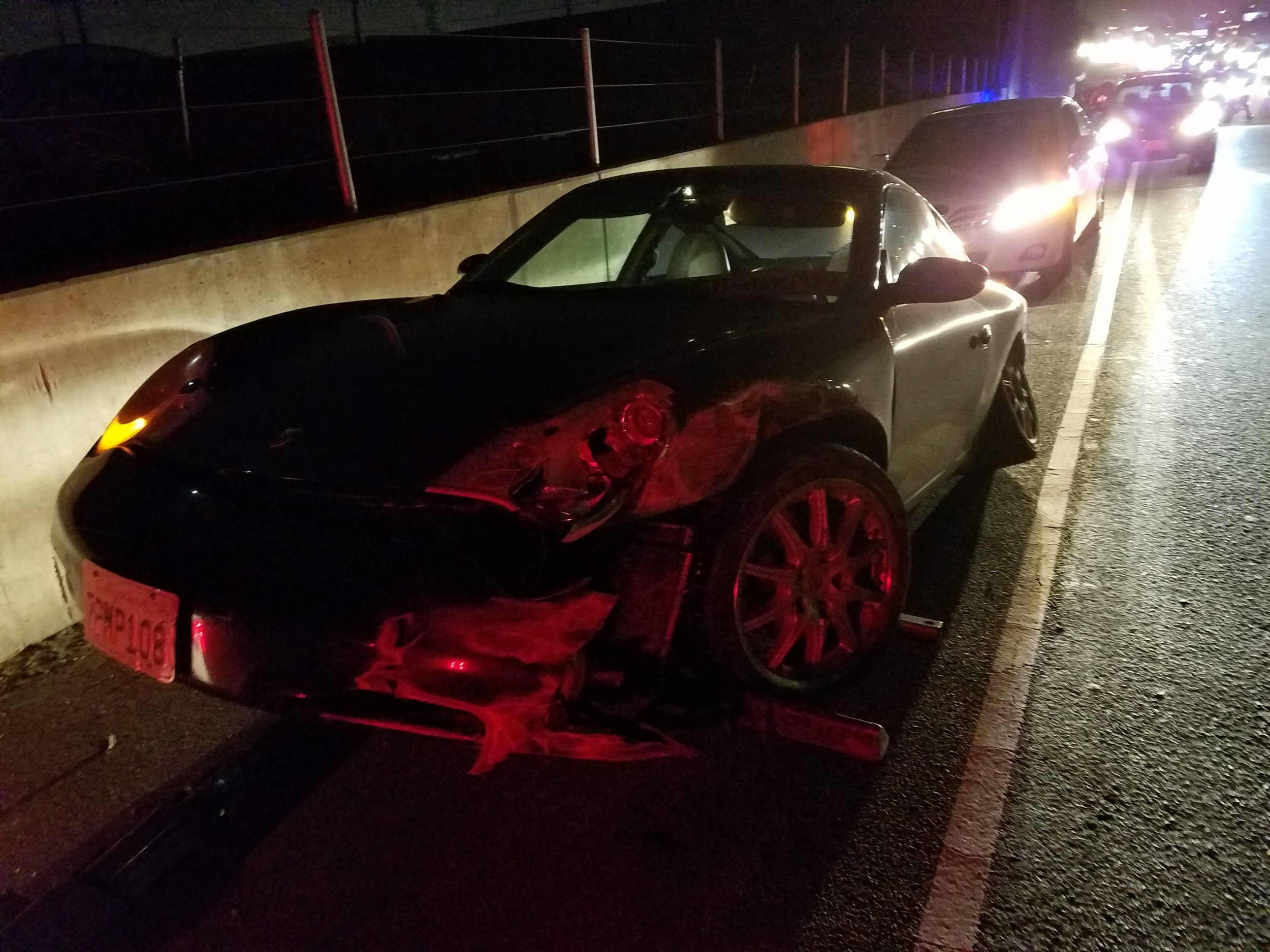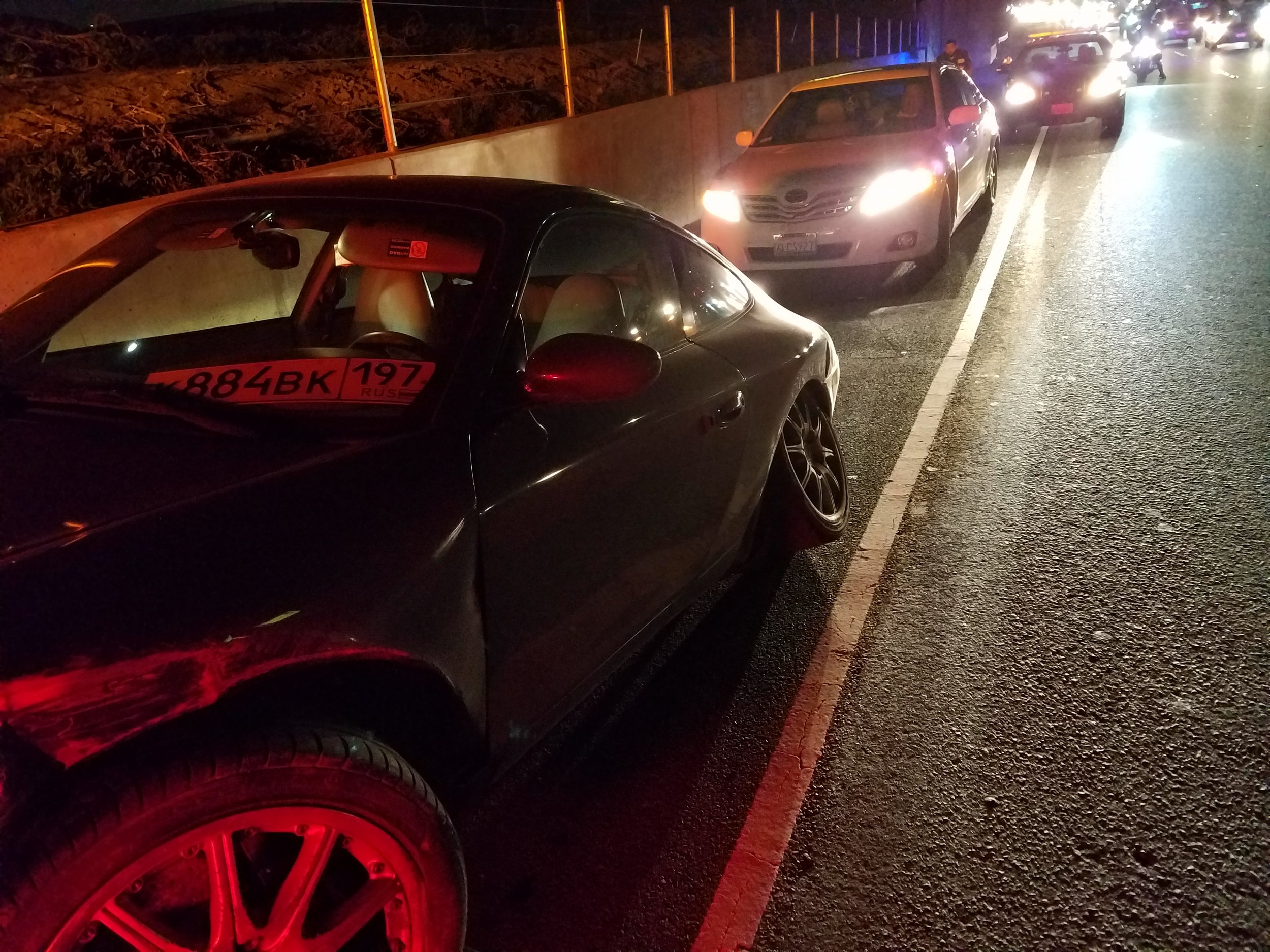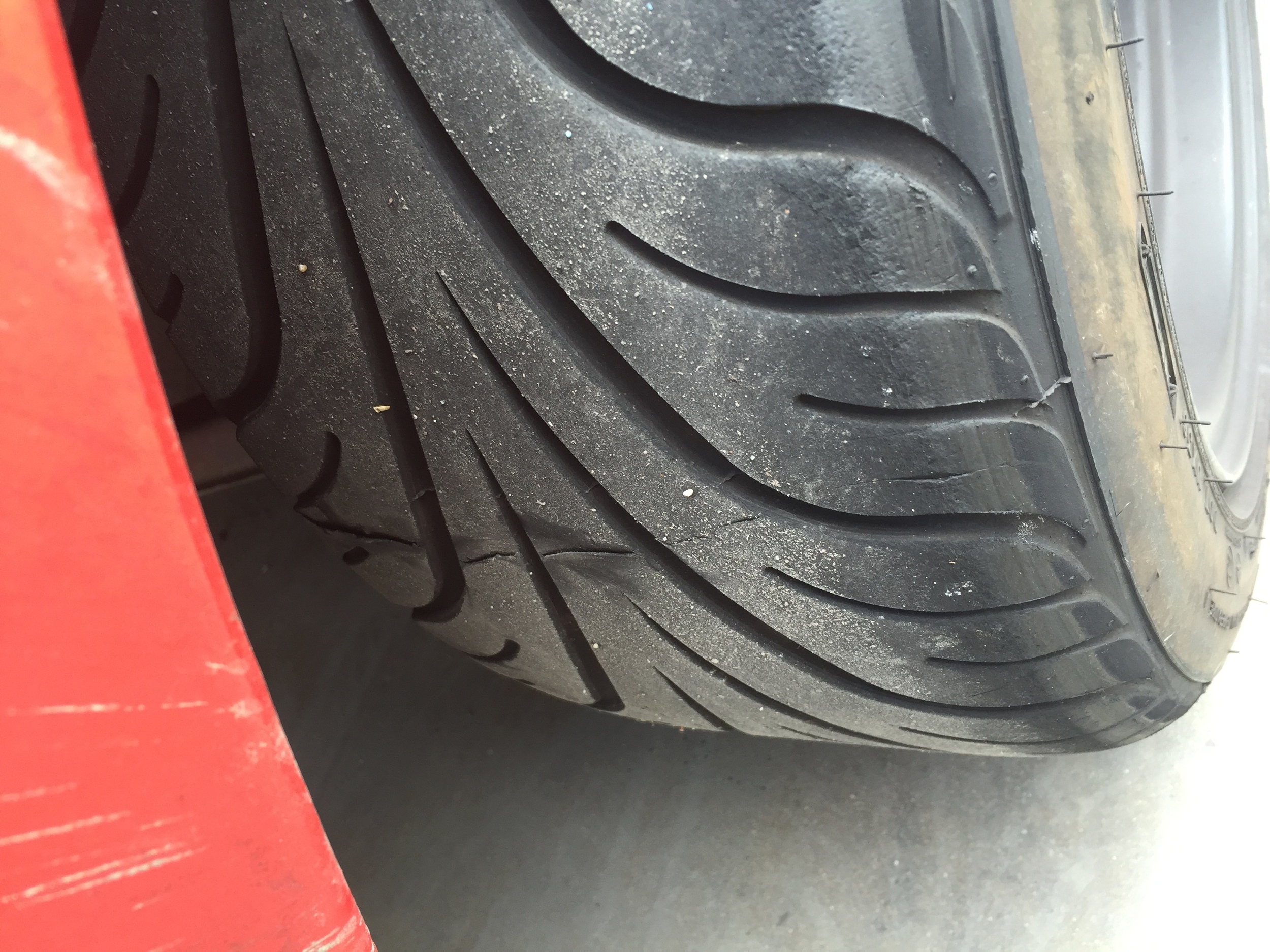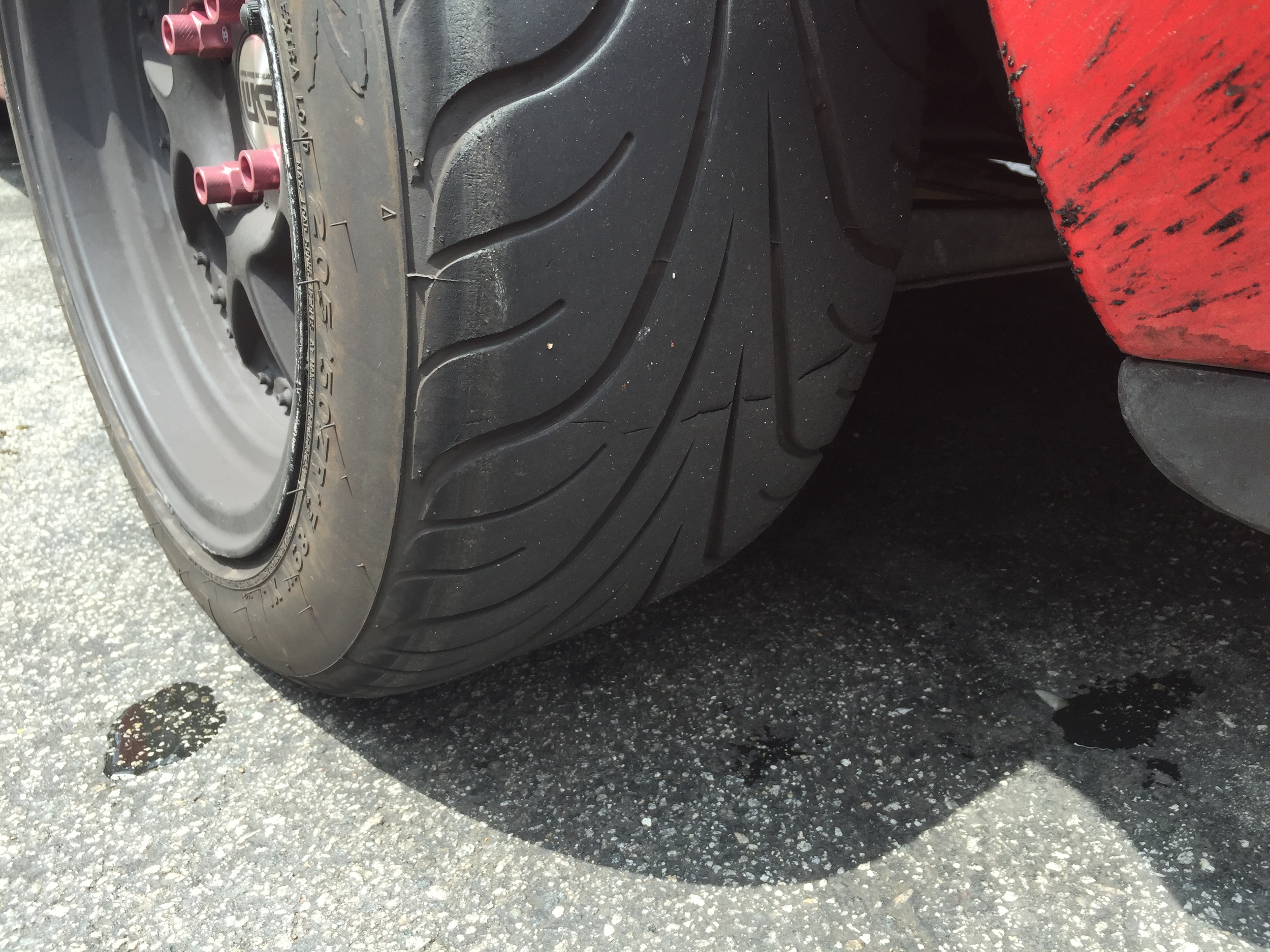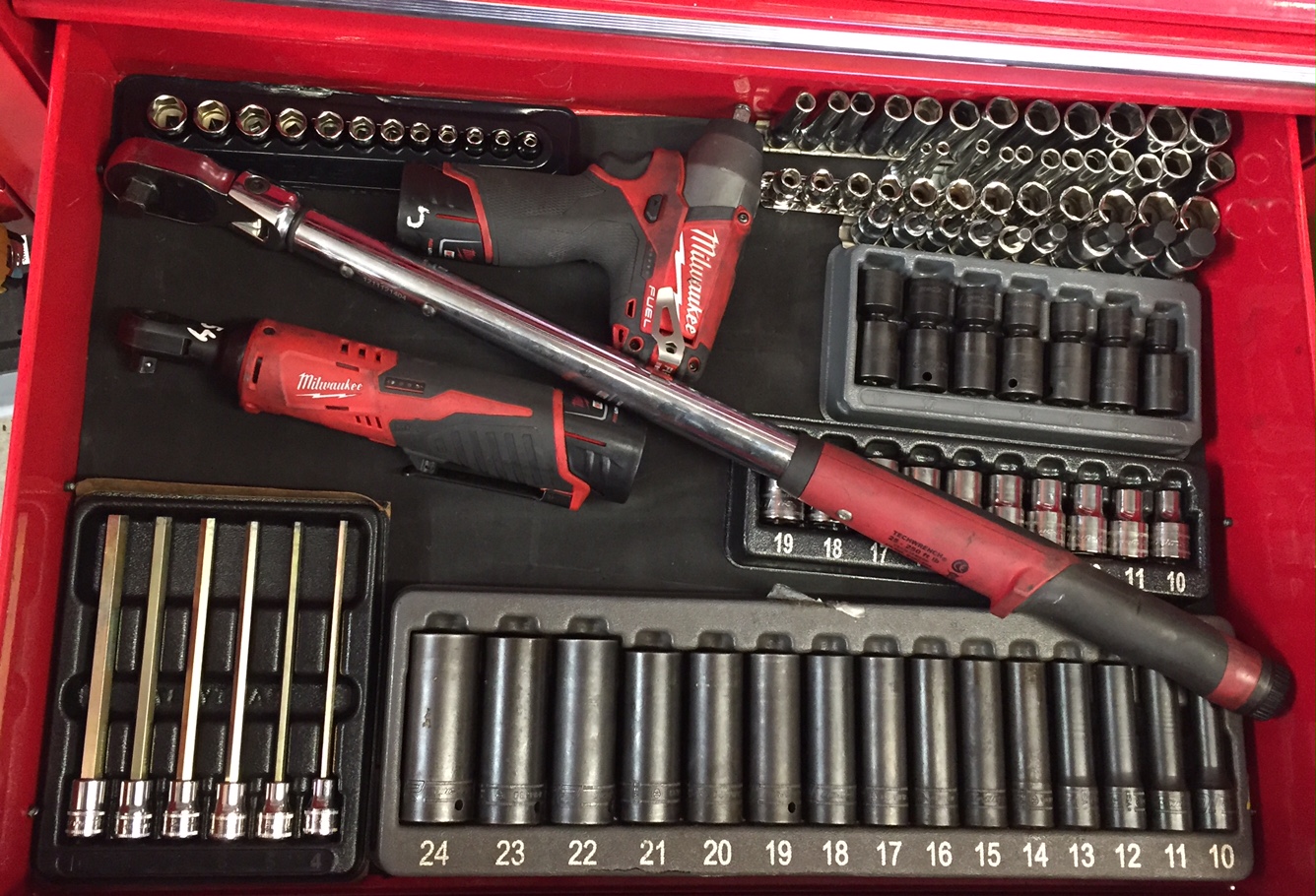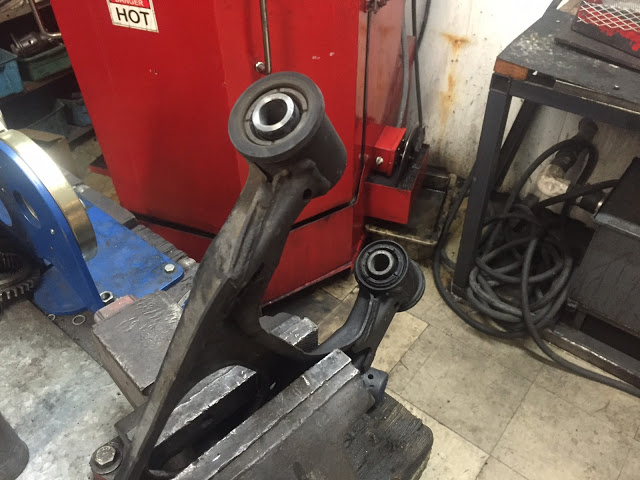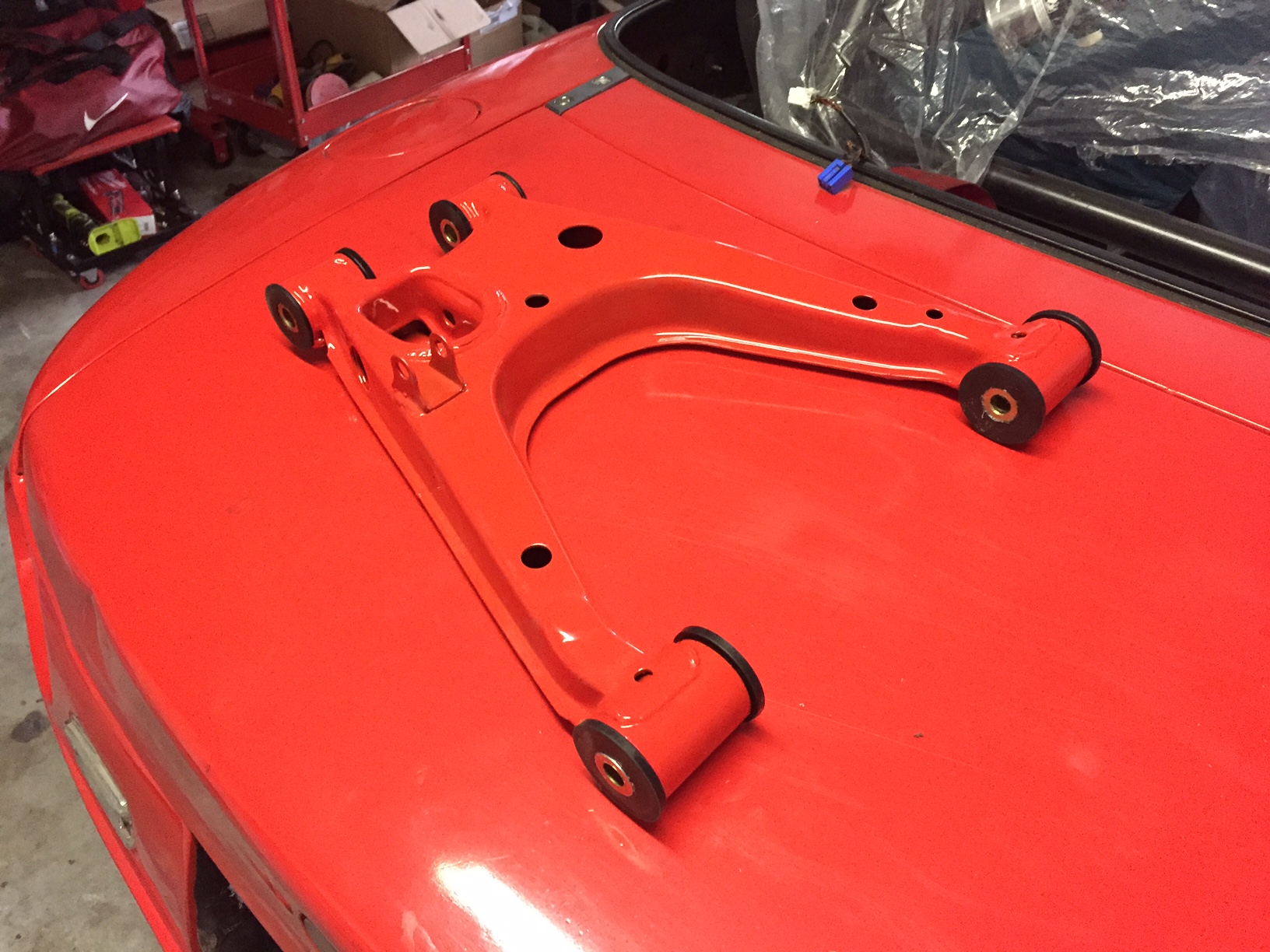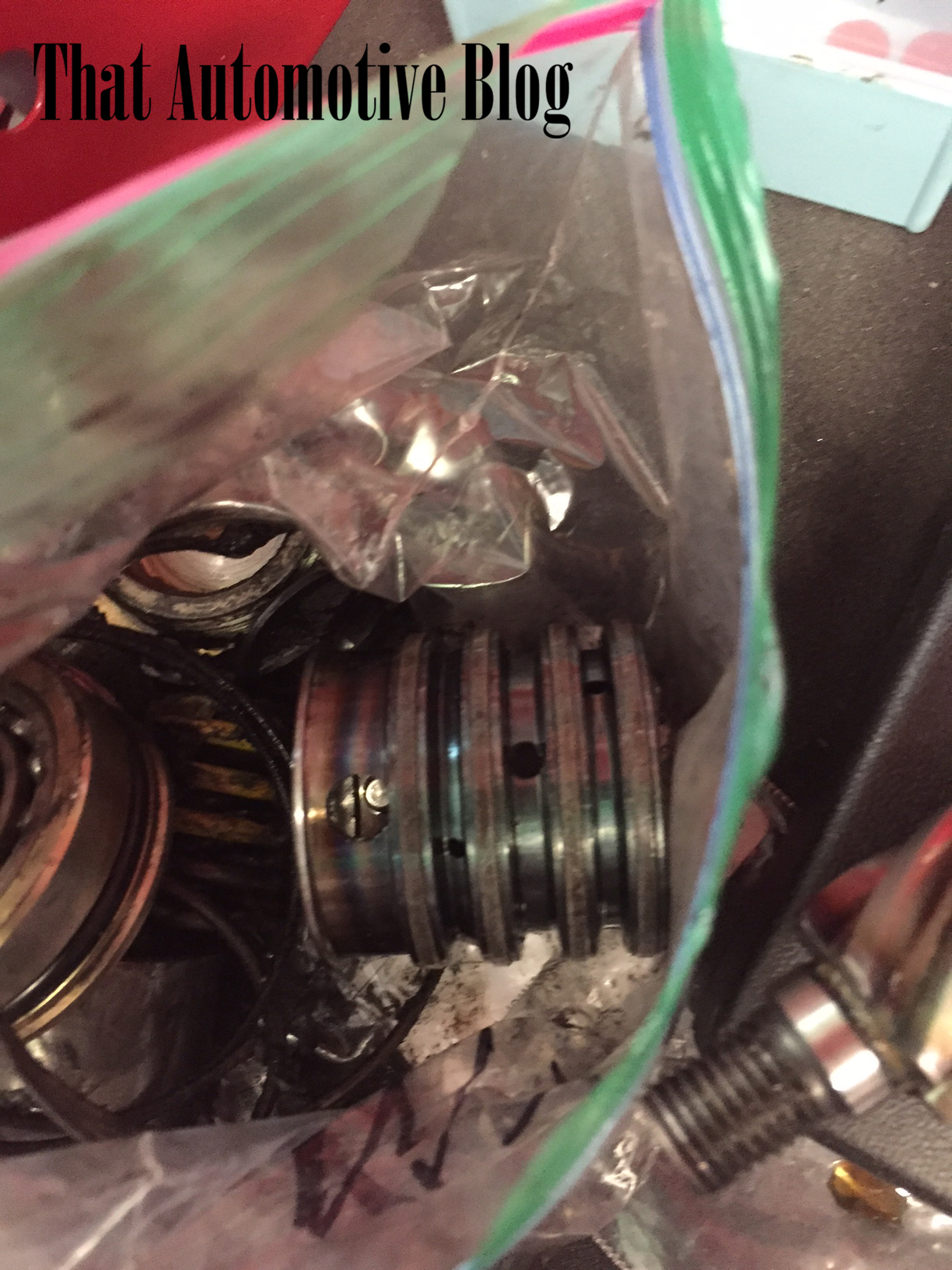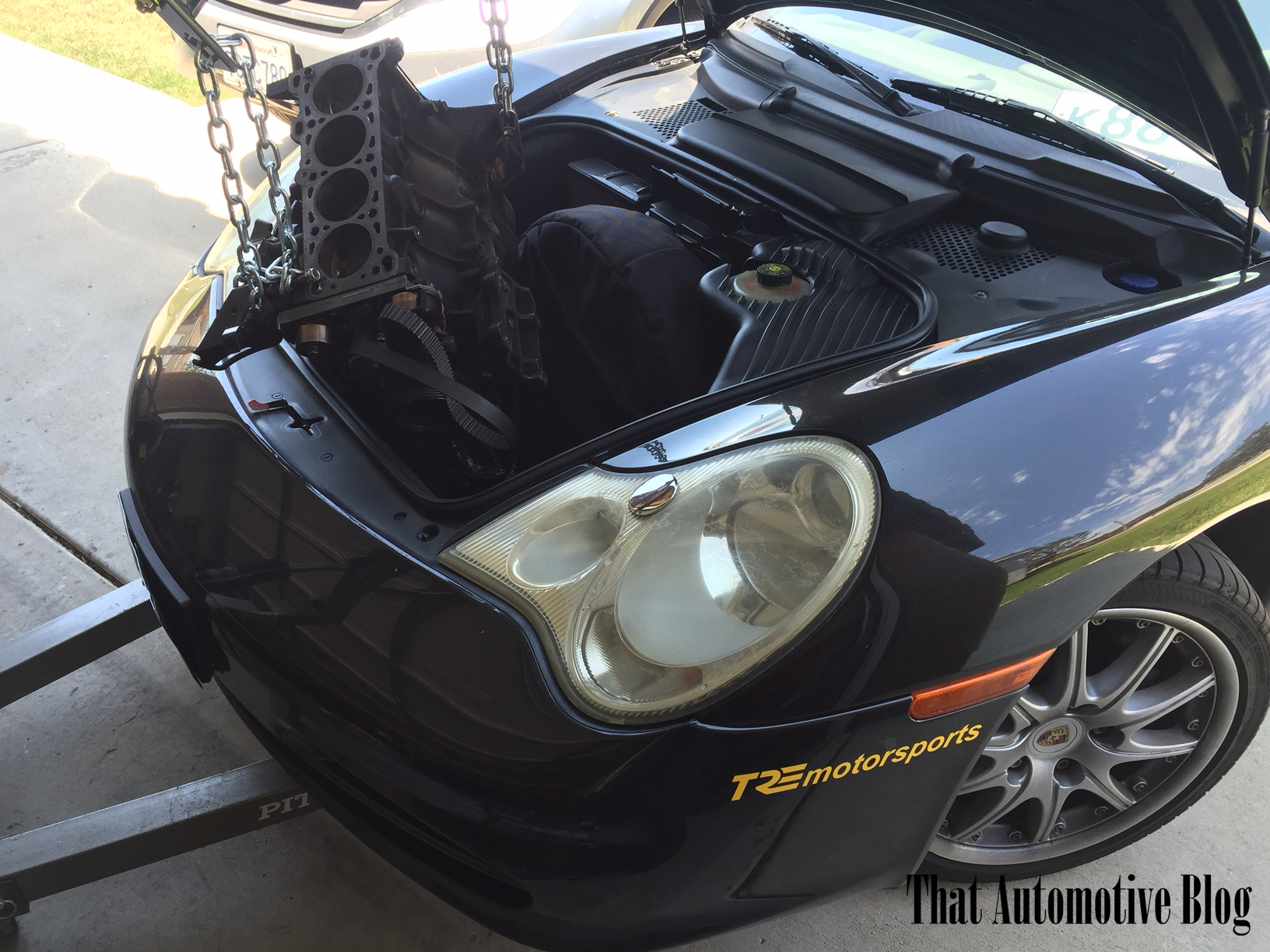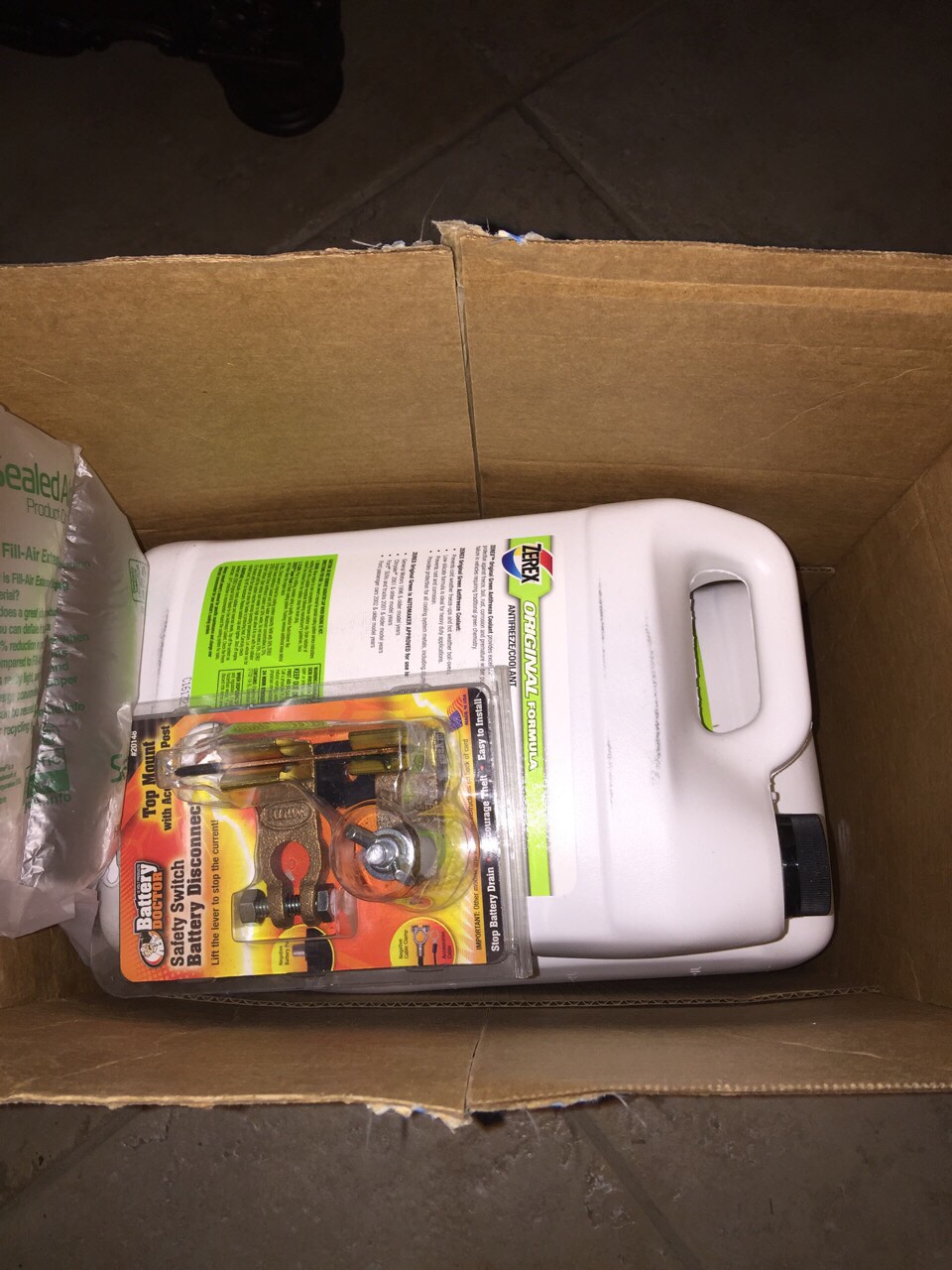I work in the automotive industry, and the entire field of automotive repair is based on a rather shaky foundation. Some shop owners will tell you that the money is in service work; alignments, brake jobs, oil changes, coolant flushes, etc. Others will tell you that the real money is in long term projects; dyno-tuning, or building race-cars. Regardless of what the most effective way to make money is, the fact of the matter remains simple- no customers, no money. Thankfully, there will be cars for a while, and they will break down over the years. And while the lack of cars is not the issue (yet), the lack of competent customers is. The problem is, some customers don't seem to understand how the automotive repair industry ticks, and this will not only annoy the service manager you will be working with, but can also make things unnecessarily difficult for you and your mechanic. Before I tell you the purpose of this article, I want to make sure you're not going run over to your service adviser and tell him that you know everything about the various methods of operation of the automotive industry. With that out of the way, I will explain to you the basics of how shops make money, how the mechanics make money, and how your actions will affect either of these factors. Furthermore, I will go over the things you should not do/say and things that are reasonable to expect from a shop.
Let's start with the shop and its workers. An automotive repair shop only sells two things- time and parts. The shop orders parts wholesale, and hence they get a certain percentage discount. So unless you plan to purchase parts in bulk, don't go asking the advisers for kickbacks. After the parts are ordered, they have to be installed. That's where labor comes in, and this can get a little confusing for those who aren't good with math. Say the shop charges 100 dollars an hour, and let's assume the shop has 3 mechanics each making 15 dollars an hour (the mechanic's income we will discuss later, just go along with this for now). This means that for every hour a shop charges you, a single mechanic is paid 15 dollars out of that wage, and the rest goes to the shop. Say the work took two hours; the shop gets to keep 170 dollars. You might think that 85 an hour isn't a bad rate, and that you should get a discount considering all the money the shop earns; well before you get your panties in a bunch, let's go over some of the fees the shop will be paying. These fees include rent, utilities, overtime pay, taxes, hardware, maintenance of uniforms, paying other workers, etc. You get the idea, a shop won't be able to stay running if all they get is a few customers a day each coming in for an oil change and demanding a discount. So the next time you go to any shop, look for a sign on the wall that states what the labor rate is; that rate is fixed, and won't change just because you asked.
Now before moving on, I would like to clear up the some differences between a shop and a dealership service center. While a shop is relatively easy to understand, dealership fees can vary, especially if you're in for warranty service. To make it simple, there are far more politics going on in a dealership service center, since the dealership has to work with the manufacturer for any warranty claims over a certain monetary threshold (usually $500). Furthermore, the technicians get paid differently; instead of a fixed rate, most dealers pay their mechanics based on hours "flagged". This means that while a mechanic is working on a car, he or she is making at least double the minimum wage (more about this later). On the other hand, if idle, the same mechanic will be either making minimum wage, or asked to clock out. The result is a variable income; some pay periods may pay enough for a down payment on a car, while others will barely make up one month's payment.
Let's look more into the mechanic's income. In California, a technician who provides his or her own tools is obligated to be paid at least double the minimum wage. Sounds dandy and all, but there are quite a few loopholes an employer could use to dodge this responsibility. Some of the more common ones are claims of lack of experience, low quality tools and a lack of certain certificates. Without money, a mechanic cannot buy tools. Without tools, a mechanic can't get experience while getting paid. Without experience, the said mechanic cannot receive a certificate. So in a way, the first years of a mechanic can be pretty costly. With that being said, a mechanic doesn't need a high school diploma, or even a clean slate to get hired at most places.
If you've ever been to an auto-repair shop, you've noticed that the bigger ones are more reminiscent of a pirate ship, rather than a profession-oriented business. You'll meet ex-cons, veterans, people who dropped out of college, people who worked in the music industry, college grads, even people who have never stepped foot in a educational facility. Some low-end mechanics can continue working without tools or any certifications, but their pay is lousy. On the other hand, the better mechanics are usually equipped with artillery from Snap-On and possess a certificate of some significance. But always keep in mind that correlation does not prove causation; just because someone is a UTI grad, doesn't mean they're any good at wrenching- just shows that cramming is one of their forte's. Meanwhile, a self-taught gear-head could build you a bad-ass race-car that could absolutely shatter any lap-record.
So now that you get the very basic picture of what the industry is like, let's go over some of the things you, the customer, should do to make things better for yourself and any shop you take your car to.
1. The service advisers know their stuff.
If you found this awesome shop on Yelp that has 4.5 stars and 250 reviews, there's a good chance that they know their trade well. If you go to the service adviser with a problem, he or she will consult with the mechanic, diagnose the issue, and will usually present you a list of possibilities. Now just because it's a list of things that could go wrong, doesn't mean it's a list of what did go wrong. To put this in perspective, if a car doesn't start-but cranks just fine- it means it's either not getting fuel or spark. If it's fuel, the issue could be anywhere in the fuel system. It could be the fuel pump, fuel filter, clogged fuel line, bad electrical connection at the fuel pump housing, etc. If it's spark, it could be a bad coil pack, a bad distributor, bad coil wires, bad plugs, bad battery, bad ground, etc. You get the point, something so simple can turn into hell for a mechanic, so make sure you stay patient.
2. You get what you pay for.
Don't waltz into the shop expecting them to treat you like a princess. While it's good and all that you're bringing them your business, don't expect any kickbacks for it. Remember, the fact that you took your car to them means that you need the shop more than the shop needs you. If you had it under control, you should've fixed the issue yourself to begin with. Furthermore, don't barge in with suggestions. If you're so experienced, fix it yourself. The adviser will give you an idea of what the issue could be, give you a set amount of hours that he/she will bill you for, plus the prices for any parts that need to be purchased. Yes, it's expensive, but don't forget- your car takes care of you, so take care of your car. Furthermore, be polite. The mere fact that you're in need of a mechanic to fix your car proves you're not perfect, so don't go about treating the mechanics or any of the other staff like human waste. Remember, it's the mechanic that's going to put you back on the road. Oh and also, don't just hop into the working zone and stand there watching the mechanic's every move; the job will be done, that's all you need to know. Unless you are accompanied by a service supervisor or the mechanic himself, don't just assume that the entire area is perfect for your daily walk. There's a waiting room for a reason, and if not, then find a cafe nearby and wait.
3. Mechanics exist to fix the mistakes of engineers, not the other way around.
This is more of a dealership issue, and I've seen a number of customers at various dealerships get frustrated with the mechanics over recalls, as if it was something they were somehow responsible for. "But why was this developed this way? Didn't you know any better before making the car?". Believe it or not, there are people who seem to assume that the mechanic had some role in the engineering process of the vehicle, and I'm not exaggerating. For example, some issues such as the IMS bearing on the 996 were not really officially recalled for certain years. The customer (in some cases rightfully so) would seek reimbursement, but instead will proceed to verbally insult the mechanics or the service staff for an issue they had nothing to do with. The staff played no part in the development of the car, blaming them will get you nowhere. If the issue appeared before you took the car to the shop, chances are none of the mechanics had anything to do with it, and giving them attitude isn't going to help them resolve the problem.
4. A major service takes precedent over any trivial personal expense.
A major service refers to anything that could either get you stranded on the road, or potentially kill you. Say it's your kid's birthday next week, but your brakes are worn. Let's assume that the present you wanted to buy them is far less expensive than the brake job you should do. You may think that your child's happiness takes precedent, and that the brake service can wait until your next paycheck. But before you make this decision, ask yourself this- what would make your child sadder, not getting a present, or their parent dying in a terrible accident in which they were decapitated because their brakes didn't work right before flying under a tractor-trailer at over 60 mph? It would suck even more if your funeral falls on the day of their birthday, I mean how much worse can it get for them? Oh that's right, they can't quite see your face anymore since it was left on the back of the trailer you crashed into. Now they will be raised by a single parent who may or may not be tempted to forfeit the child. But it's not like you would care, you would be dead, nothing you can do about it. And all of this could have been prevented if you had done that brake service a week before. I think you get the point.
5. If it's not broken, don't fix it; but if it's going to break, do it now.
Some shops or dealerships may try and squeeze a little more money out of you by attempting to convince you to perform an additional repair, and most of the time it isn't necessary. However, if it's something that might as well be done while another part nearby is taken apart, then why not? For example, if you're performing a clutch replacement, might as well do the master and the slave if it has been a while. If you're flushing your brake fluid, have the clutch fluid bled as well since many hydraulic systems work in conjunction. With that being said, many times these things will not be mentioned to you prior the repair, and may be suggested after the repair has been done. However, if you've just walked into a shop you know nothing about, and the service adviser starts ranting out all kinds of stuff you don't get at all, then you might want to read the next point.
6. If you feel like you're getting scammed, you probably are.
You have to remember that nobody has a gun to your head. If you walk into a shop, or even a service center at a dealership, and request a simple service, you should not be quoted a crazy figure, nor should you be made to feel like an absolute idiot. If you brought your car in with a number of issues, don't just assume that the shop is going to know exactly what to do; before even going in, you should have yelped the ratings of the shop/dealer and looked up the prices that most service centers and shops charge for whatever it is you're going in for. If you have failed to do so, just remember that it's never too late (that is as long as you haven't actually paid before the job's even done). Don't bother with shops that have no ratings, or have no accounts- there are plenty of shops out there that specialize in whatever you drive that have solid ratings. If a shop is a bit further out of your local range, but will guarantee quality work, go there. Now I know I said that service advisers know their stuff, but these are the service advisers at trusted shops. Just as there are car dealers with people who won't be able to tell the difference between a Gallo 12 and a Gallo 24, there are shops with completely incompetent workers. So if you didn't bother doing the research before walking into "Jose's One Stop Shop" on the corner of 1st and Western, at least do yourself a favor and try recognizing the shady environment. In proper shops, the service staff with treat you the way the want to be treated, and will take their time to explain what the issue could be in as clear of a way as they can.
There are obviously more things to note, which could be added in the comments. The most important thing I would like the reader to take from this, however, is that this article is genuinely meant to help the customer more than the shop, because an auto-shop is just not a traditional business. The shops will still be under the pressure of finishing the car on time, but hopefully the customer will have slightly more of a peace of mind after reading this.















